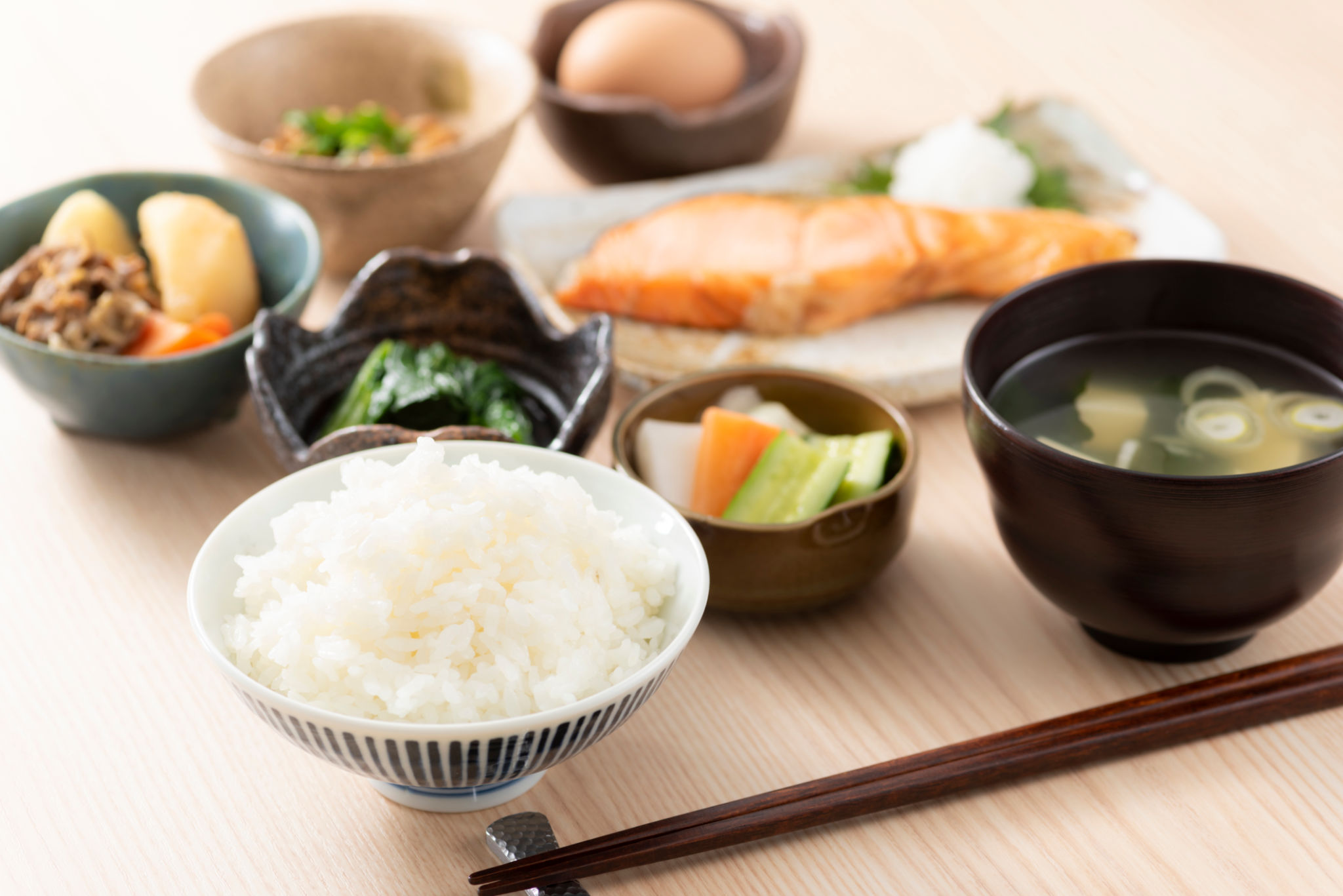Yakitori and Beyond: Exploring Japanese Grilled Delights
The Art of Yakitori
Yakitori, a staple of Japanese cuisine, is more than just skewered chicken grilled over charcoal. It's an art form that highlights the simplicity and depth of flavor achieved through careful preparation and cooking techniques. Traditionally, yakitori is cooked over a special type of charcoal called "binchotan," which burns at a high temperature and imparts a unique flavor to the meat.
In Japan, yakitori is often enjoyed at izakayas, casual bars where patrons gather to unwind after a long day. These establishments serve various types of skewers, each offering a different taste experience. From succulent chicken thighs to tender chicken livers, yakitori showcases the versatility of poultry.

Beyond Chicken: Exploring Other Skewered Delights
While chicken is the most popular base for yakitori, Japanese grilled delights extend far beyond poultry. Beef, pork, and seafood also find their place on the grill, each bringing its own set of flavors and textures. For instance, "kushiyaki" refers to skewers that include a variety of meats and vegetables, expanding the possibilities for this grilling tradition.
Seafood skewers, such as grilled squid or shrimp, offer a fresh and savory alternative to meat. These are often seasoned with soy sauce or a simple salt and lemon combination, enhancing their natural sweetness. Meanwhile, pork belly skewers are rich and flavorful, often glazed with a sweet soy-based sauce that caramelizes beautifully over the heat.

The Ingredients That Make It Special
What sets Japanese grilled skewers apart is the quality of ingredients used. Freshness is paramount, and many chefs take pride in sourcing locally grown produce and high-quality meats. The simplicity of the seasoning—typically just salt or "tare" (a sweet soy sauce)—allows the natural flavors to shine through.
Accompanying the skewers are often a selection of dipping sauces that enhance the dining experience. These can range from spicy miso to tangy ponzu, offering diners a customizable taste adventure. The variety ensures that each bite is both familiar yet exciting.

The Cultural Experience
Enjoying yakitori is as much about the atmosphere as it is about the food. The communal aspect of dining at an izakaya, surrounded by laughter and conversation, adds to the overall experience. Each skewer is typically served one at a time, allowing guests to savor each piece slowly while engaging in lively discussion.
Moreover, the open kitchen layout in many yakitori bars lets diners watch the chefs in action, skillfully turning skewers over glowing coals. This interaction between chef and patron creates a connection that enriches the dining experience.

Creating Your Own Grilled Delights
If you're inspired to try making your own Japanese grilled skewers at home, the process is simpler than it might seem. All you need are high-quality ingredients, bamboo skewers, and a reliable grill. Start with basic seasonings and gradually experiment with different marinades and sauces.
Here are a few tips for your yakitori adventure:
- Choose fresh ingredients: Fresh meat and vegetables ensure the best flavor.
- Pre-soak skewers: Soaking bamboo skewers in water prevents them from burning.
- Mind the heat: A hot grill is essential for achieving that perfect char.

Embracing the Yakitori Lifestyle
Exploring Japanese grilled delights like yakitori offers not just a culinary journey but also an insight into Japanese culture and hospitality. Whether enjoyed in bustling izakayas or recreated at home, these skewers represent an artful balance of flavor and technique.
The next time you find yourself craving something grilled and delicious, remember that yakitori and its many variations are waiting to offer you an unforgettable taste experience. Embrace the simplicity, savor each bite, and enjoy the cultural richness that these skewered delights bring to your table.

